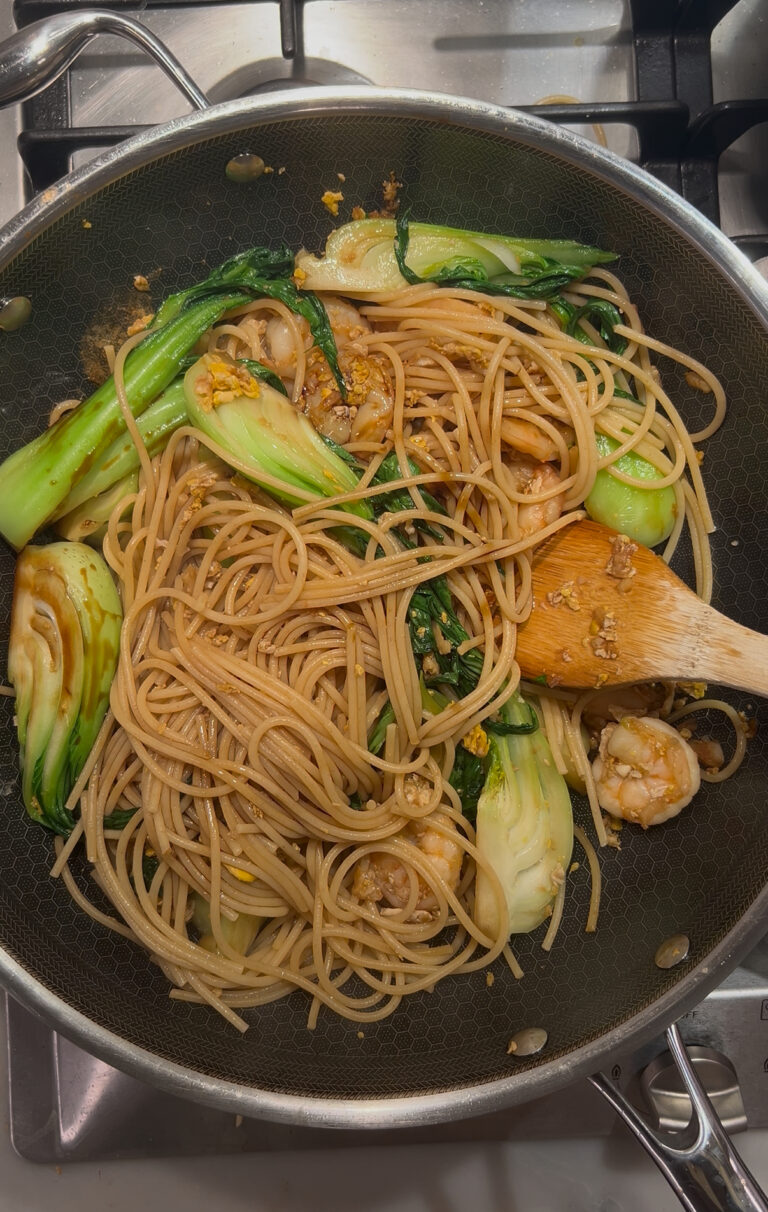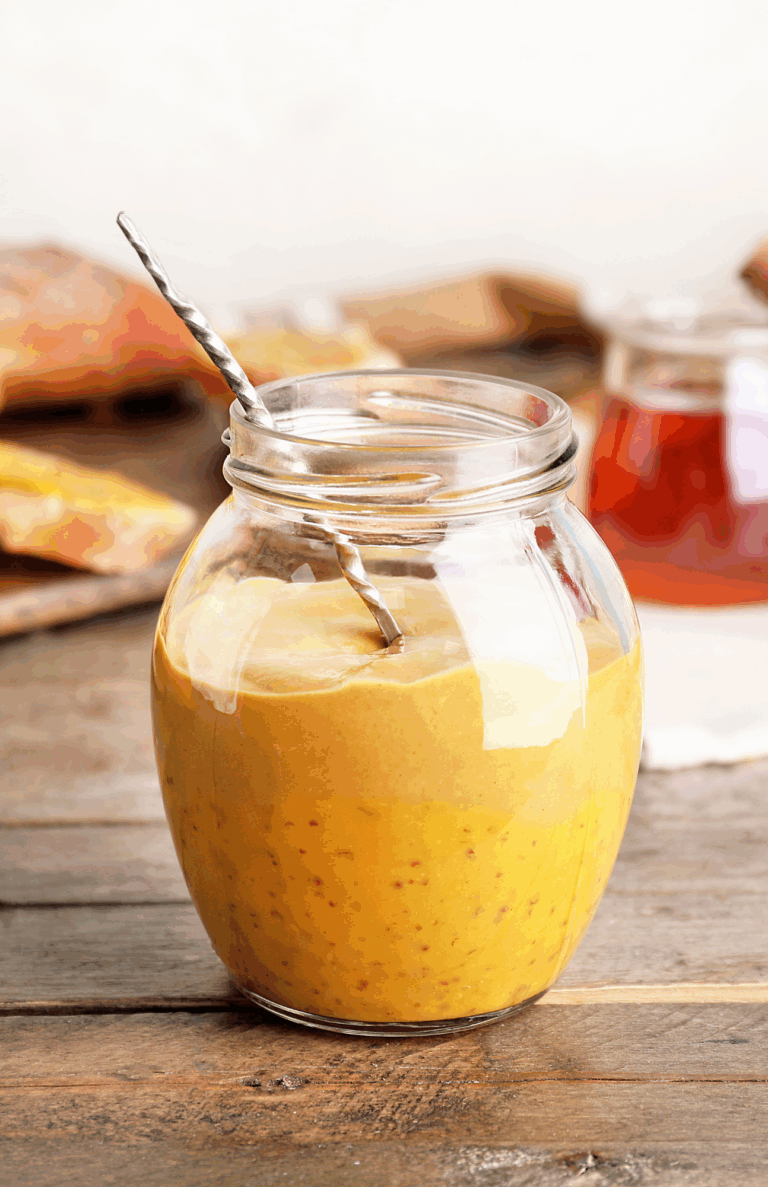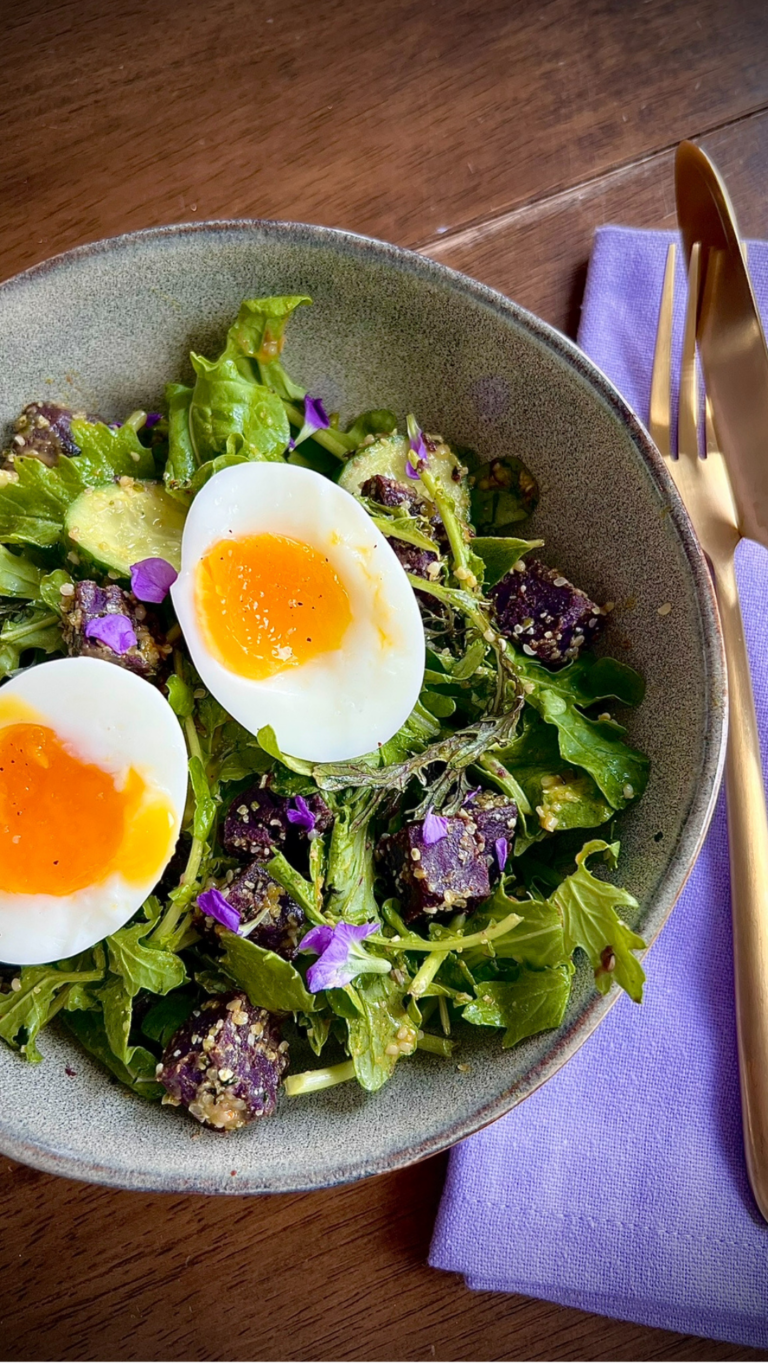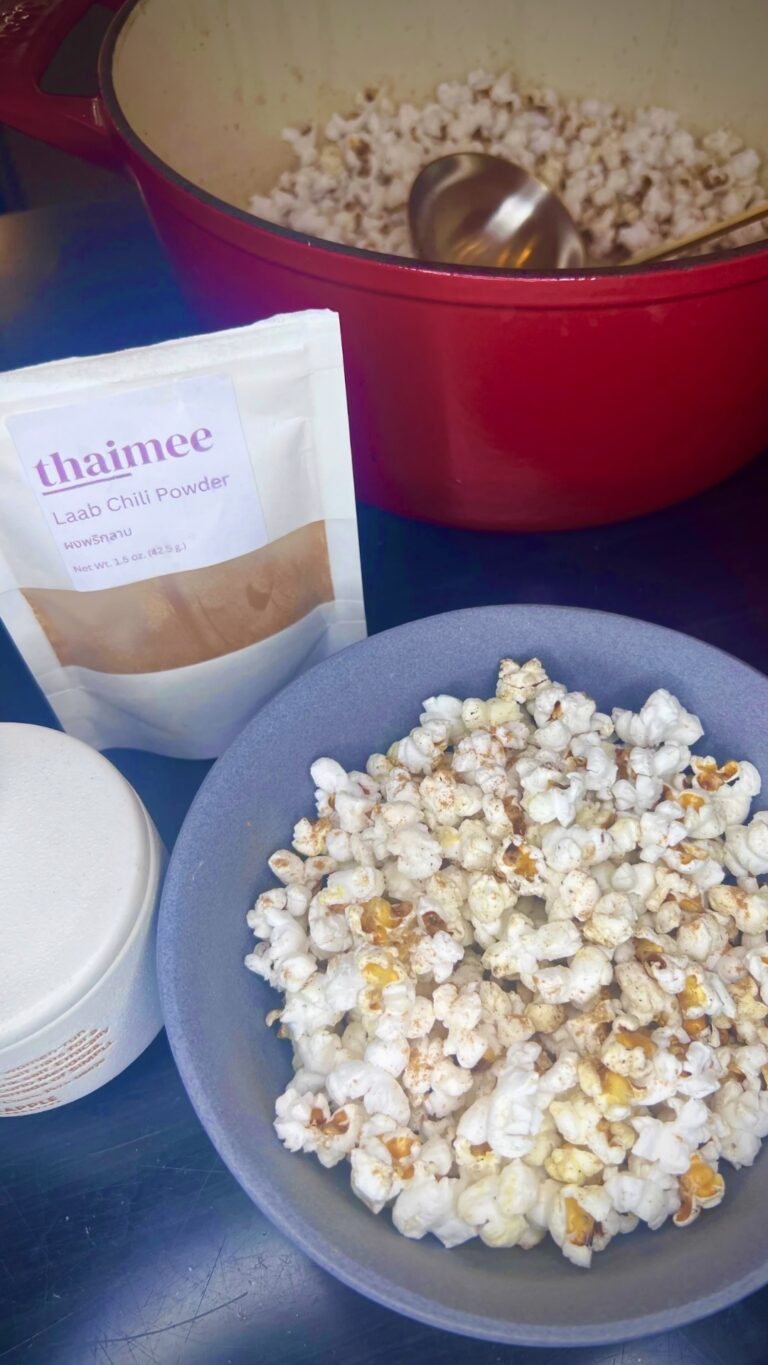Thai Basil Pesto
Pesto, a classic Italian sauce, is a vibrant blend of fresh basil, rich olive oil, savory Parmesan, and aromatic garlic, all coming together to create a versatile and flavorful dish. Originally from Genoa in the Liguria region of Italy, pesto derives its name from “pestare,” meaning to crush or pound—an homage to its traditional preparation with a mortar and pestle. To make it fun and close to my Thai heritage, I use Thai basil and cashews instead of pine nuts.
Thai Basil Pesto
This recipe adds a burst of flavor and a touch of Mediterranean with a Thai charm to any meal.
Ingredients
- 2 cups fresh Thai basil leaves washed and picked
- 2-3 whole garlic cloves (adjust to taste) (adjust to taste)
- 1/3 cup cashews or pinenut or walnuts
- 1/2 cup freshly grated Parmesan cheese
- 1/2 cup extra virgin olive oil (or more as needed)
- salt and cracked pepper to taste
Instructions
Prepare the Mortar and Pestle:
- Make sure your mortar and pestle are clean and dry. A stone works best. I use a medium side style granite mortar and pestle.
Crush the Garlic and Salt:
- Place the garlic cloves and a pinch of salt in the mortar.
- Pound the garlic until it becomes a smooth paste. The salt helps grind the garlic effectively.
Add the Cashews:
- Add the cashews to the garlic paste. Pound them until they are broken down into a coarse, slightly creamy mixture.
Grind the Basil:
- Gradually add the basil leaves, a handful at a time.
- Use a circular motion with the pestle to crush the leaves against the walls of the mortar until they break down into a vibrant green paste.
Add the Olive Oil:
- Slowly drizzle in the olive oil while stirring with the pestle.
- Mix until the pesto reaches your desired consistency, smooth but with some texture.
Incorporate the Cheese:
- Mix in the grated Parmesan cheese and use the spoon to blend all the ingredients well.
Season and Serve:
- Taste the pesto and add more salt if needed. If you desire, season with crack black pepper as well.
Video
Notes
Tips:
- The slower grinding process releases the essential oils from the basil, garlic, and nuts, resulting in a more flavorful pesto than using a blender or food processor. However, if you don’t have time and stone mortar and pestle, you can use a blender to make the pesto.
- If your basil leaves are large, tear them into smaller pieces to make grinding easier.
- A touch of lemon juice can be added for a subtle brightness, but it’s not traditional.

